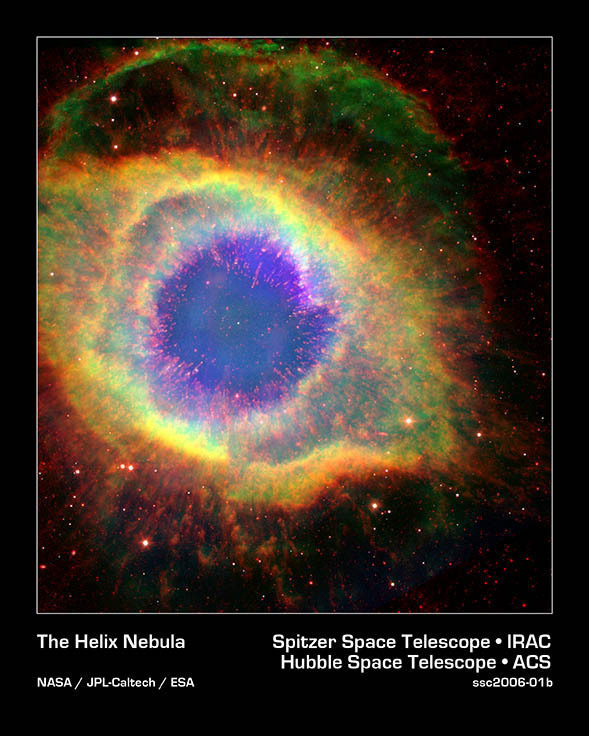The Science Hub: Spitzer Space Telescope, the Yaravirus
The Science Hub is a newsletter to update you on science headlines.
May 1, 2020
Spitzer Space Telescope retired
NASA has officially retired the Spitzer Space Telescope. The Spitzer Space Telescope viewed the universe in the infrared spectrum, discovering parts of the universe that are not visible to more conventional telescopes that rely on visible light, such as the Hubble Telescope.
Spitzer’s original mission, which began in 2003, was slated to last for only two and a half years. However, it ended up being extended to five and a half years. During its time, photos that were both fascinating and informative flooded in. After the five and a half years, the telescopes’ coolant ran out, which was problematic as the Spitzer Space Telescope needed to be as cool as possible in order not to provide a lot of heat, and thus, distort its infrared images. After the coolant ran out, Spitzer was still able to operate at nearly the same capacity as before for an additional 11 years and still routinely churned out amazing images.
However, in 2016, an internal review conducted by NASA placed the Spitzer Space Telescope near the bottom. Thus, NASA decided that the Spitzer Space Telescope would officially retire in 2019. Another newer and better telescope with infrared capacity, the James Webb Space Telescope, was planned to launch in 2018. Facing delays with the James Webb Space Telescope, NASA extended Spitzer’s lifetime until January of 2020 and breath-taking photos continued to come in. Currently, the James Webb Space Telescope is scheduled to launch in March 2021.
Spitzer’s most famous discovery was helping to find seven roughly Earth-sized planets orbiting a nearby star, three of which may have the requirements for life as we know it.
-Thomas Weldele
Yaravirus discovered
With diseases like the new global health epidemic of COVID-19, and this year’s particularly nasty flu, much of the health world has been focused on curbing these issues and finding solutions. However, in Belo Horizonte, Brazil, scientists have discovered a new virus with almost no recognizable genes.
Researchers originally came across the virus when searching for Giant Viruses, which are named for both their size – around 200 nanometers compared to the average 70 nanometers – as well as their highly complex genomes. These giant viruses are known to infect amoeba, but are special as they bring to light the complexity viruses possess in their ability to repair and replicate DNA.
In a water sample taken from an artificial lake, a much smaller organism was found, the Yaravirus . This virus is very odd: it is not like any of the viruses known to infect amoeba, as it’s over twice as small compared to the average giant virus. Additionally, only six of its genes were recognizable, with 90 percent being unknown. Due to this, the origin of the virus is unknown. However, it is not unheard of for scientists to not recognize genes in a new virus.
While not a threat to human health, viruses such as these are important as they can help provide insight into how viruses that are more dangerous to humans function and spread.
-Naomi Schmitt
















